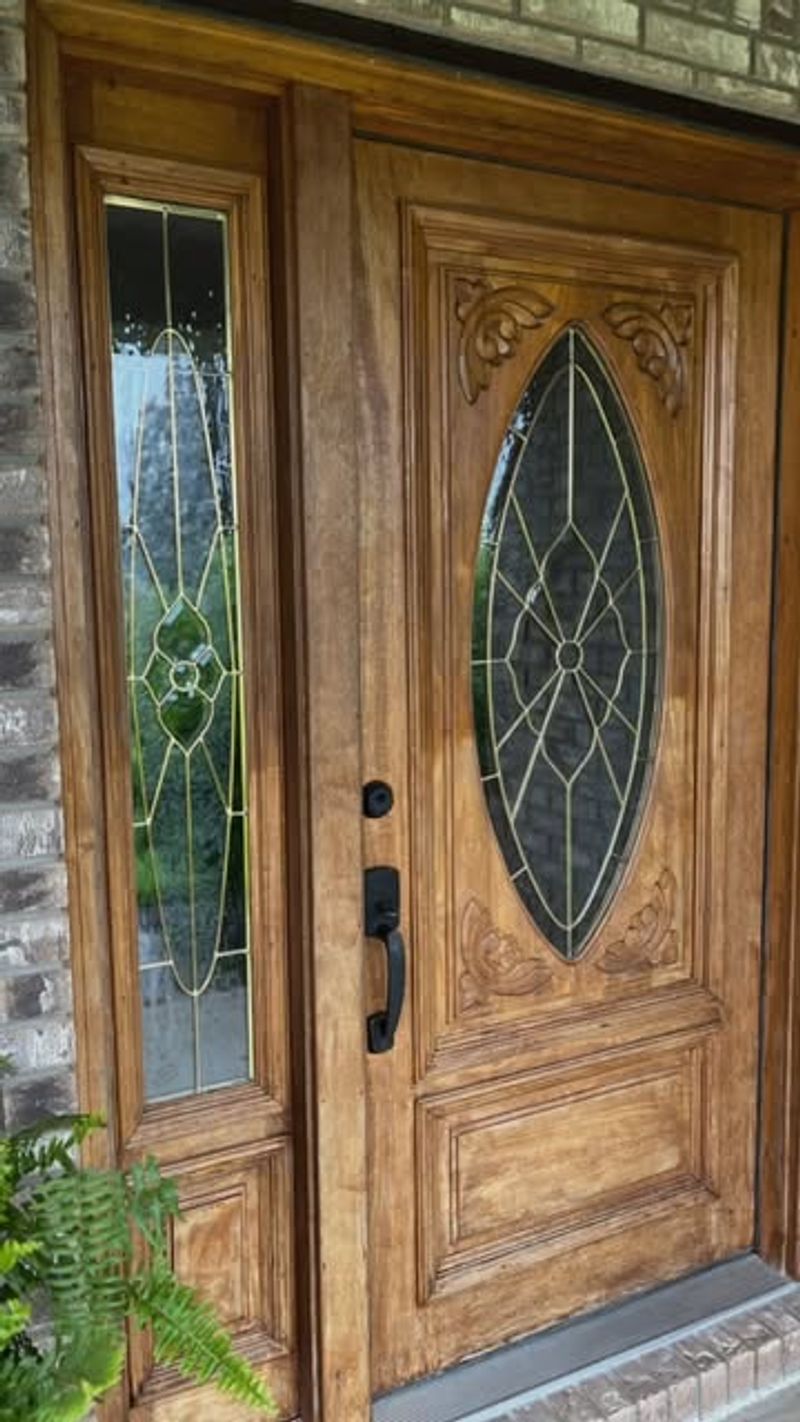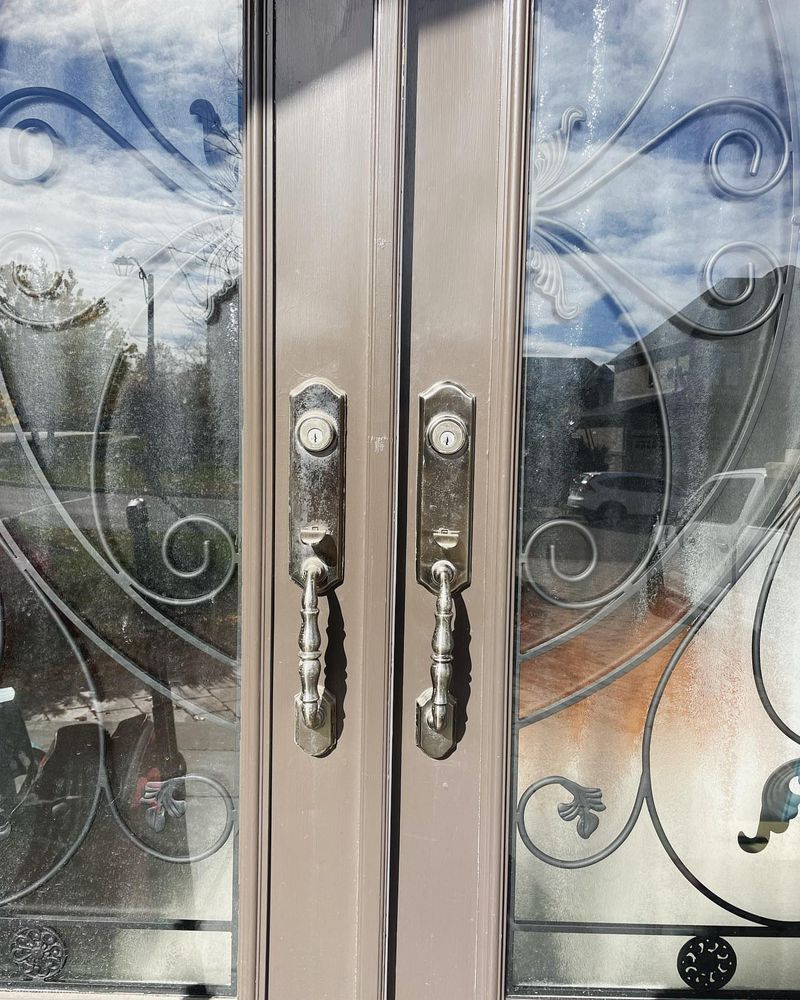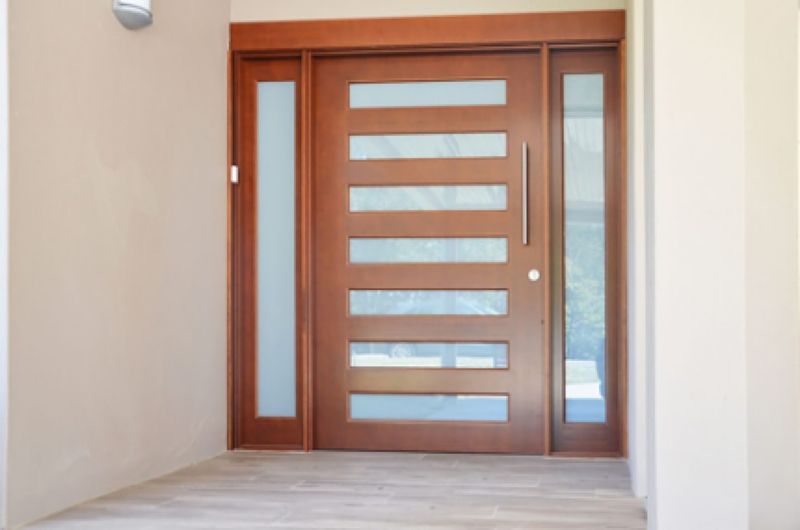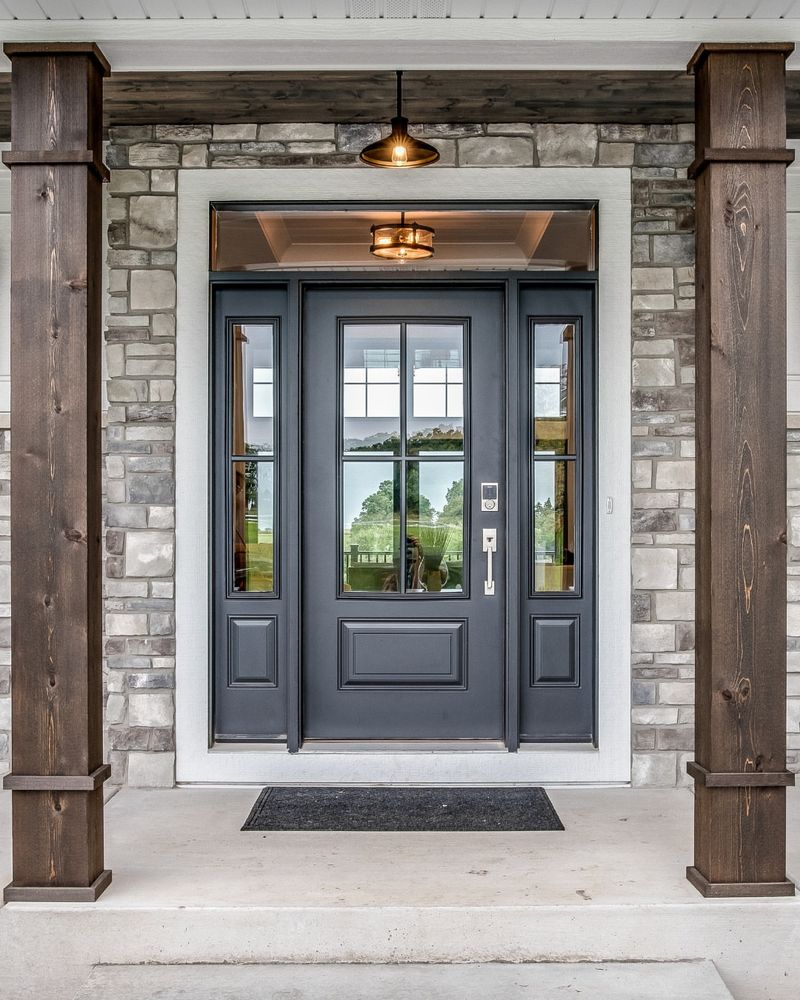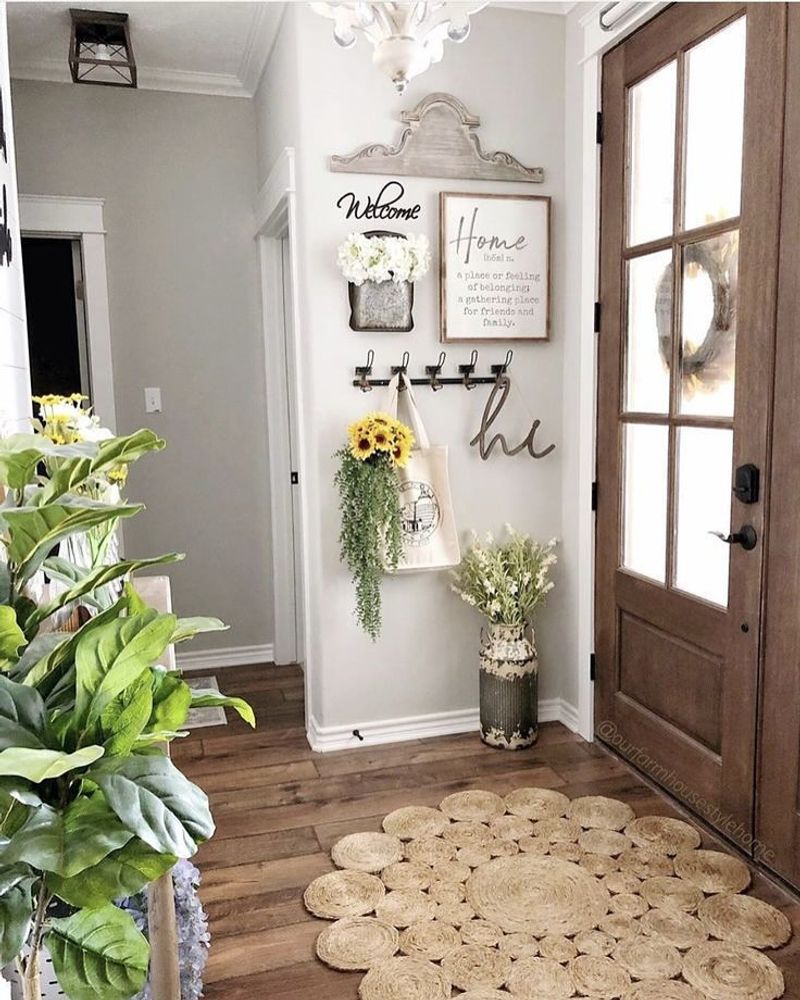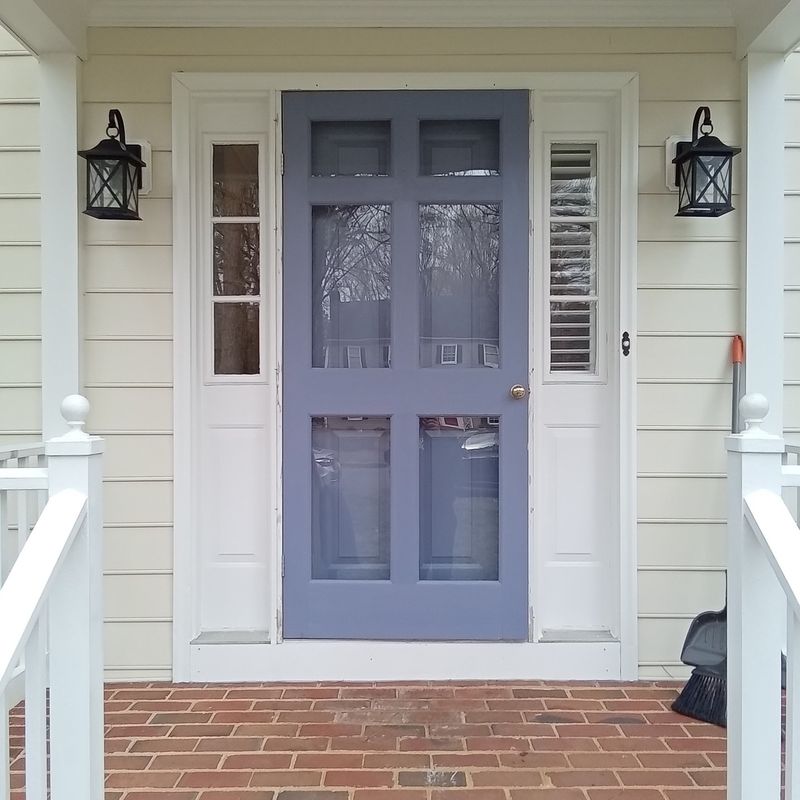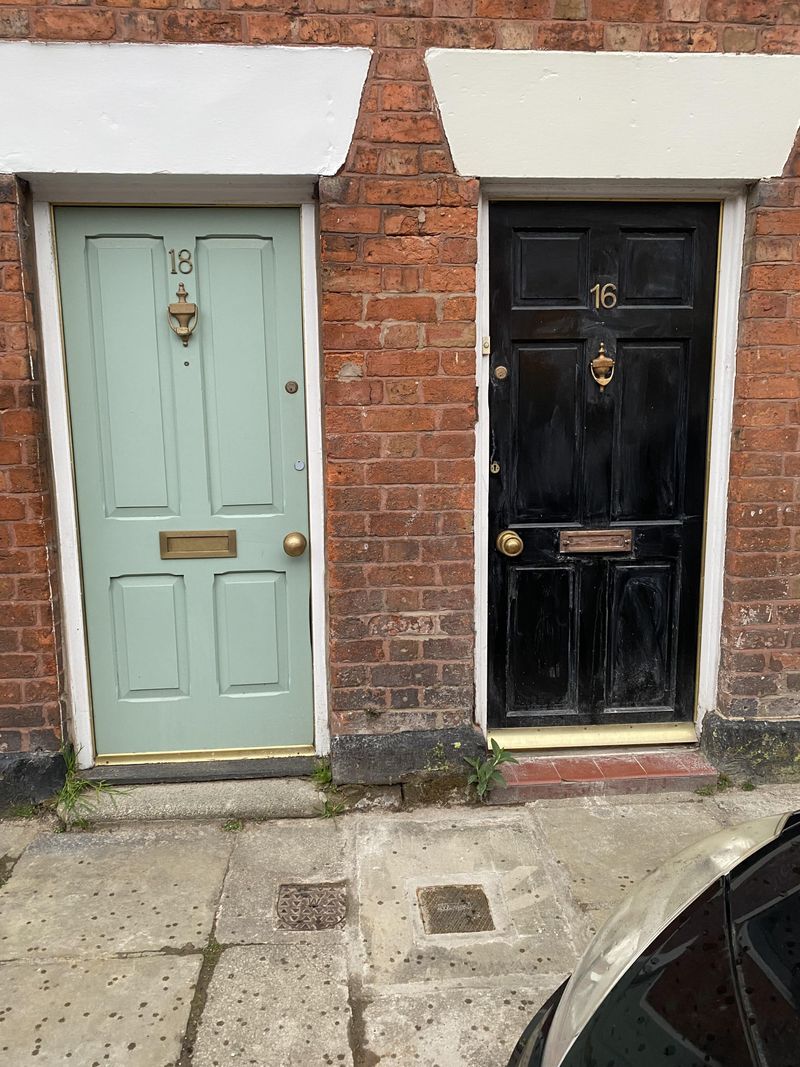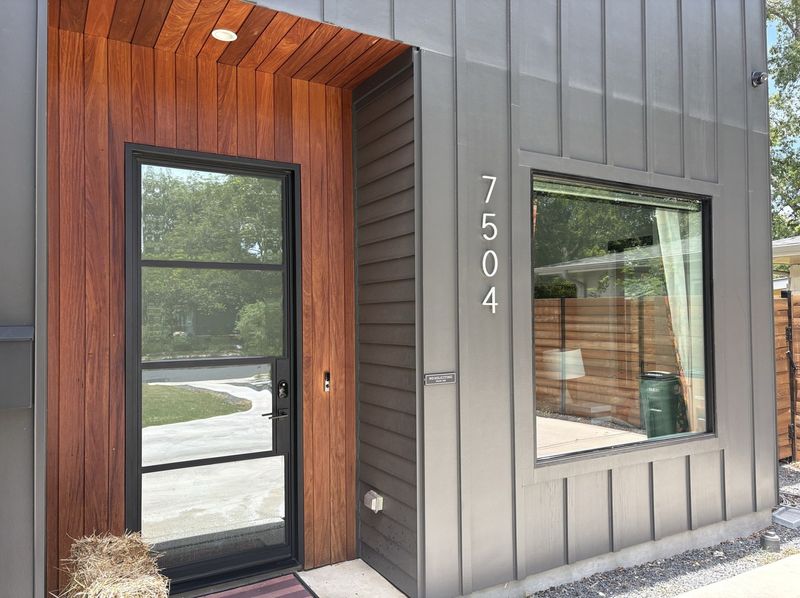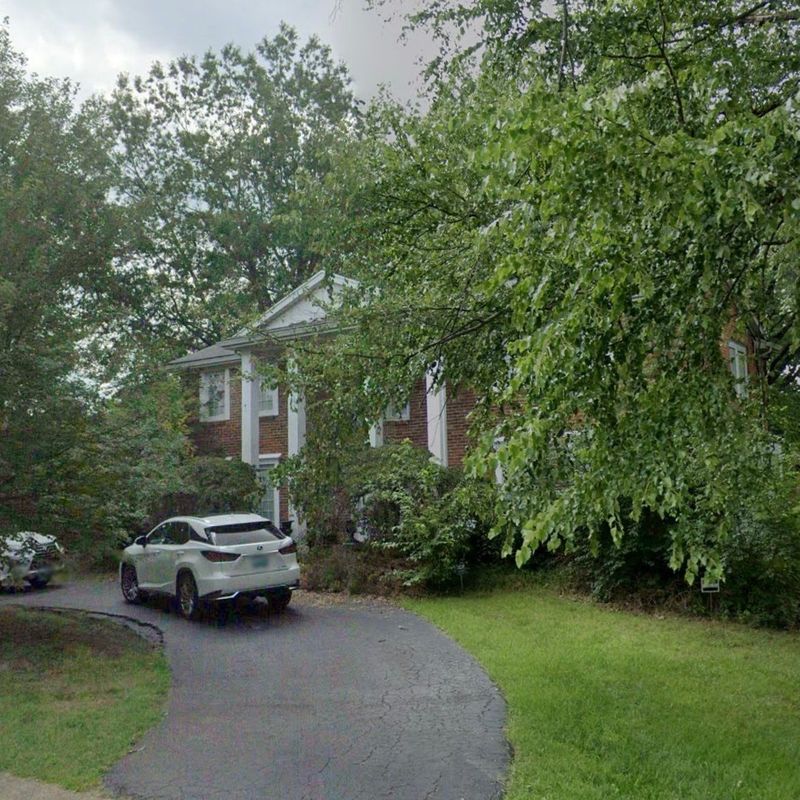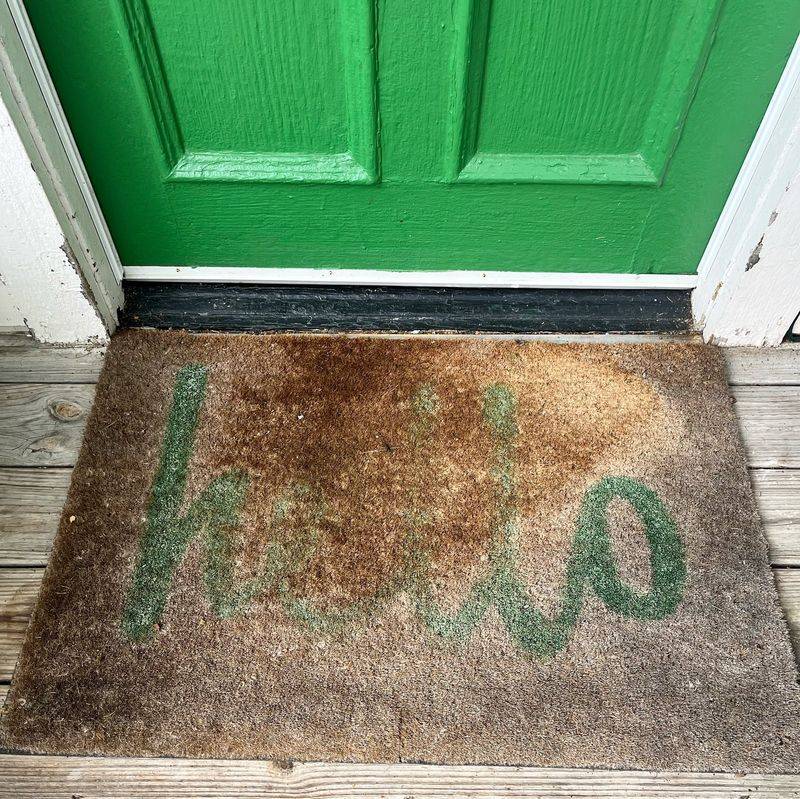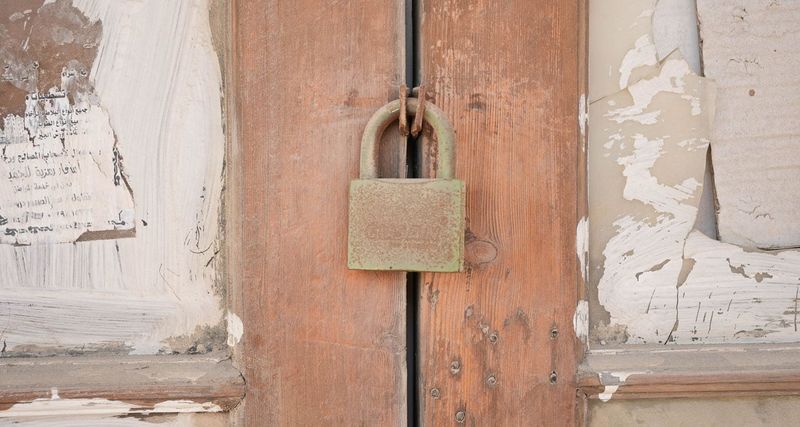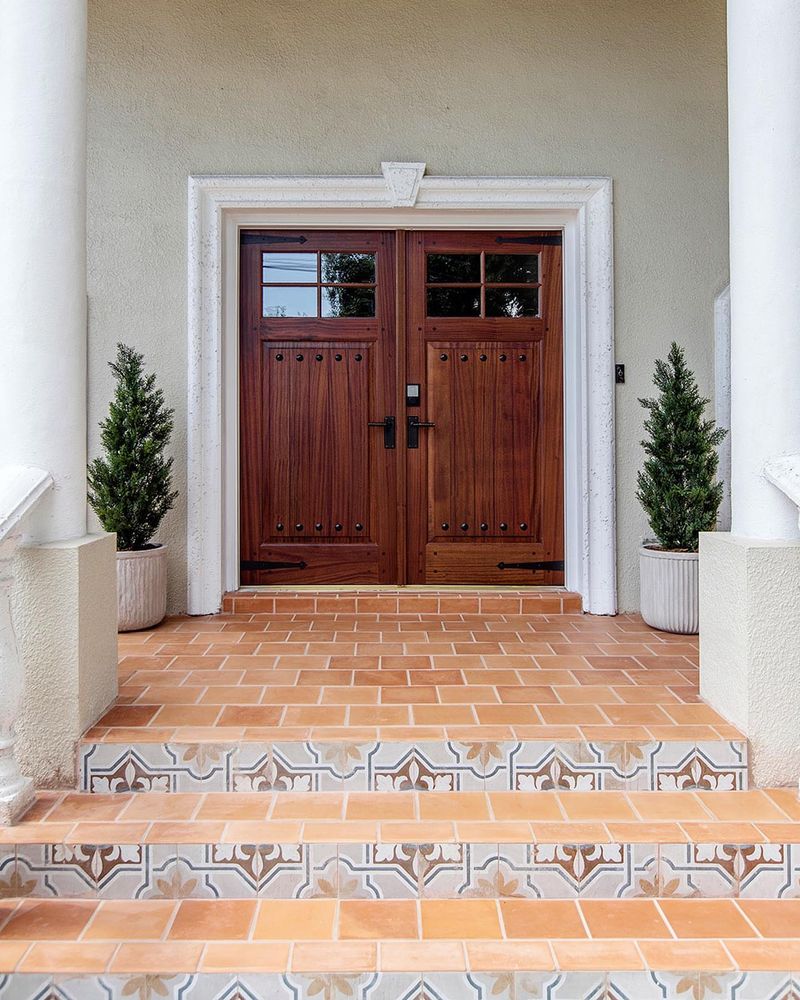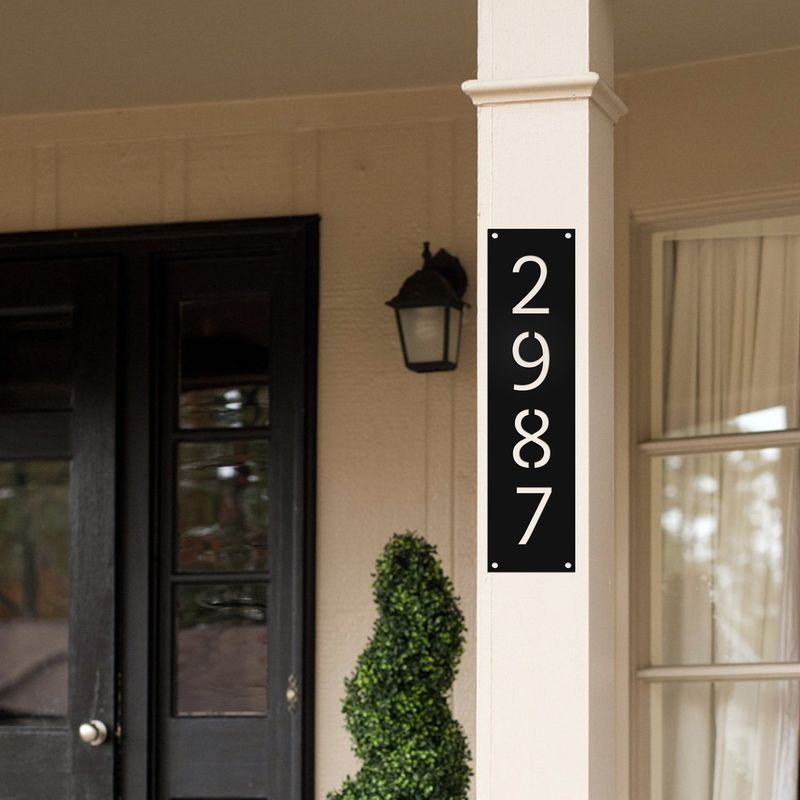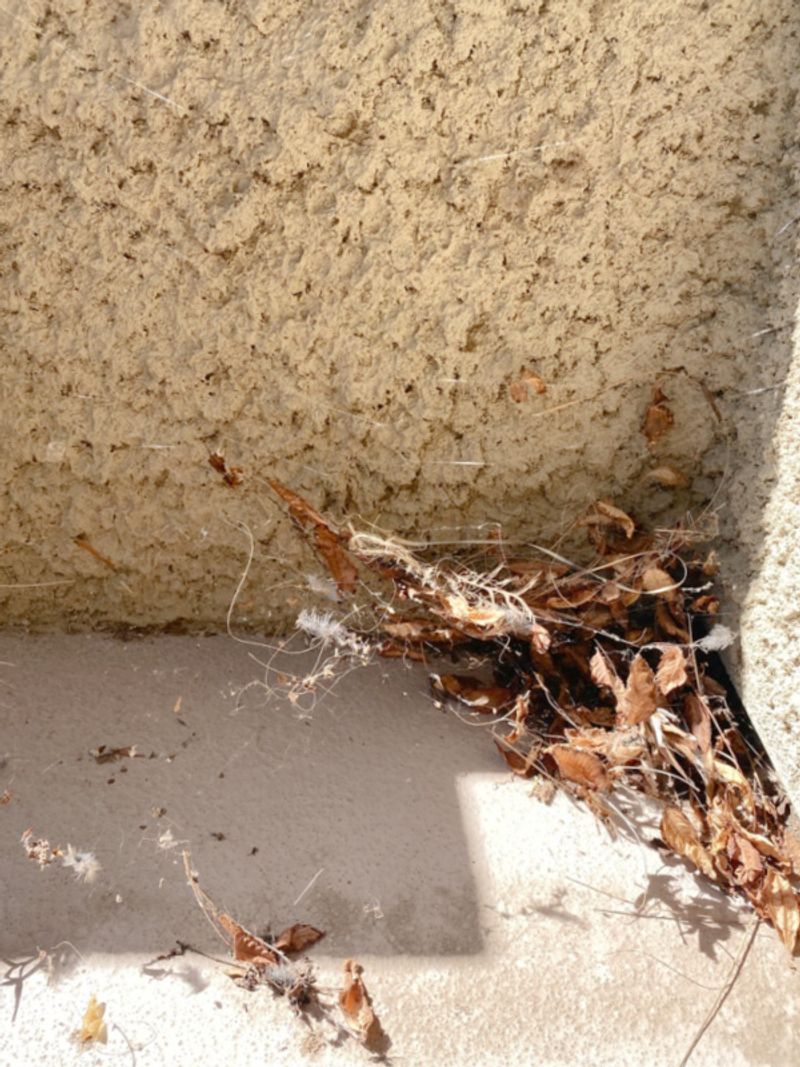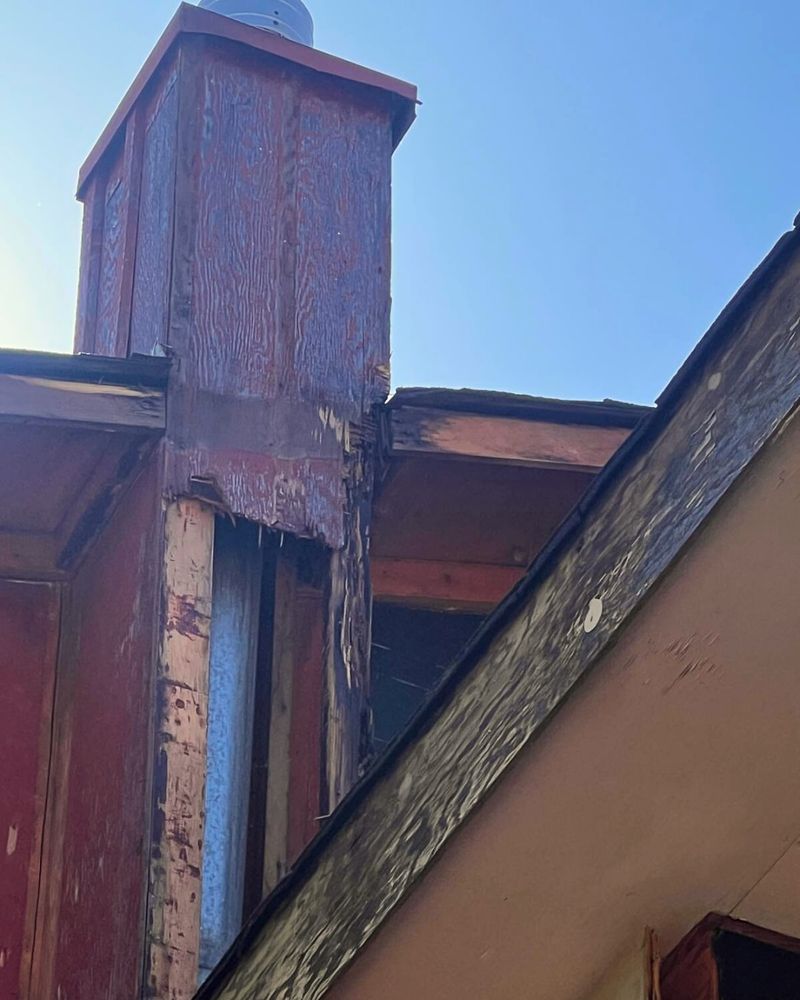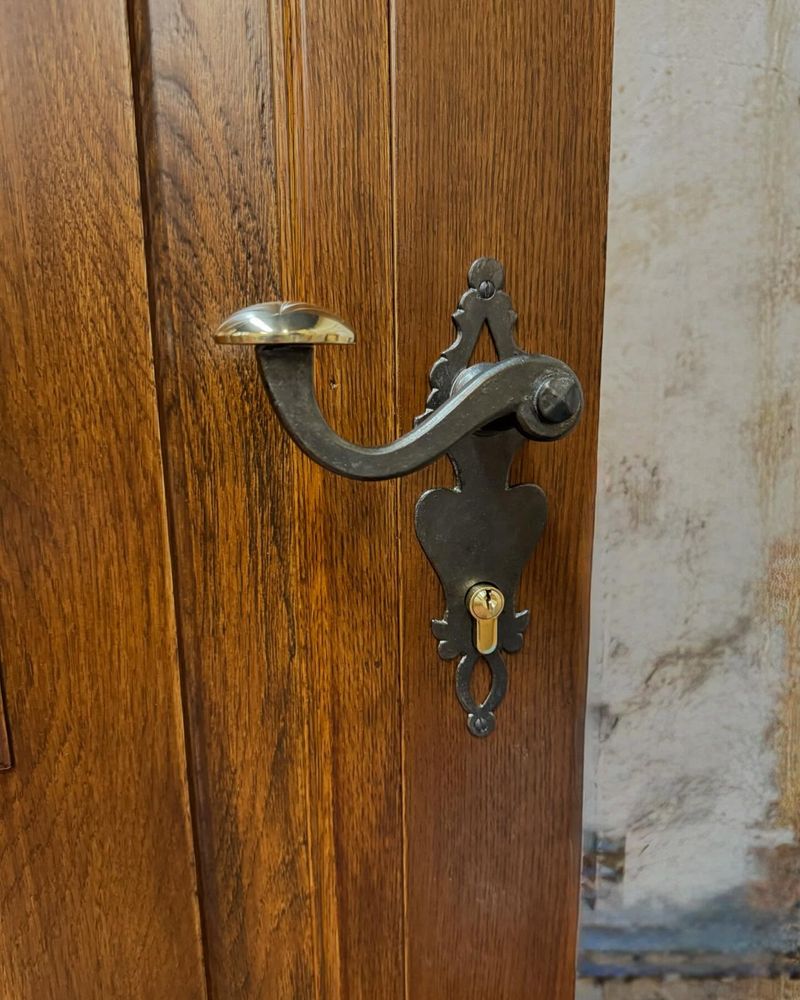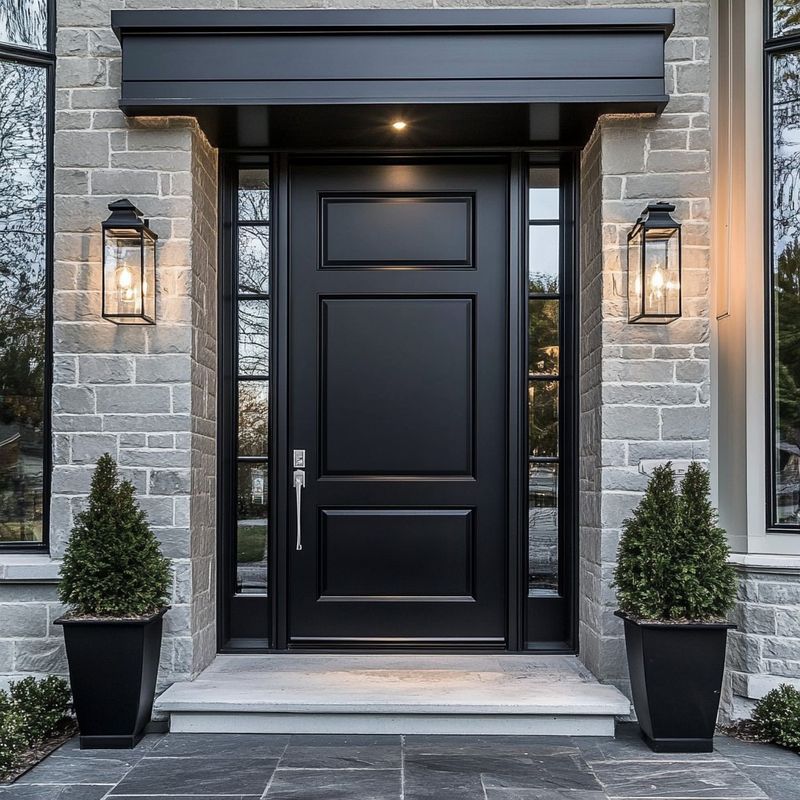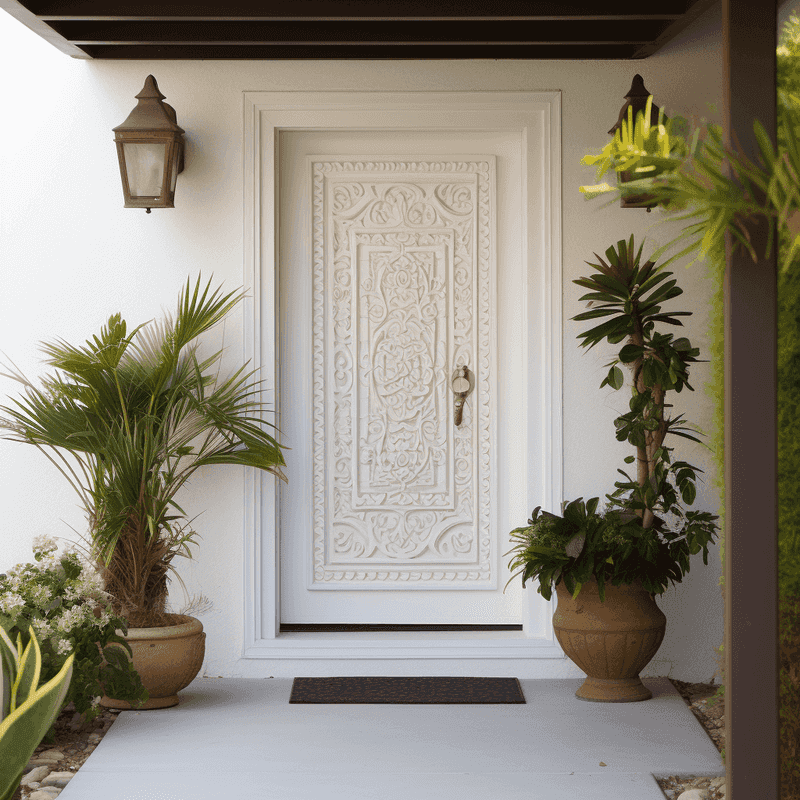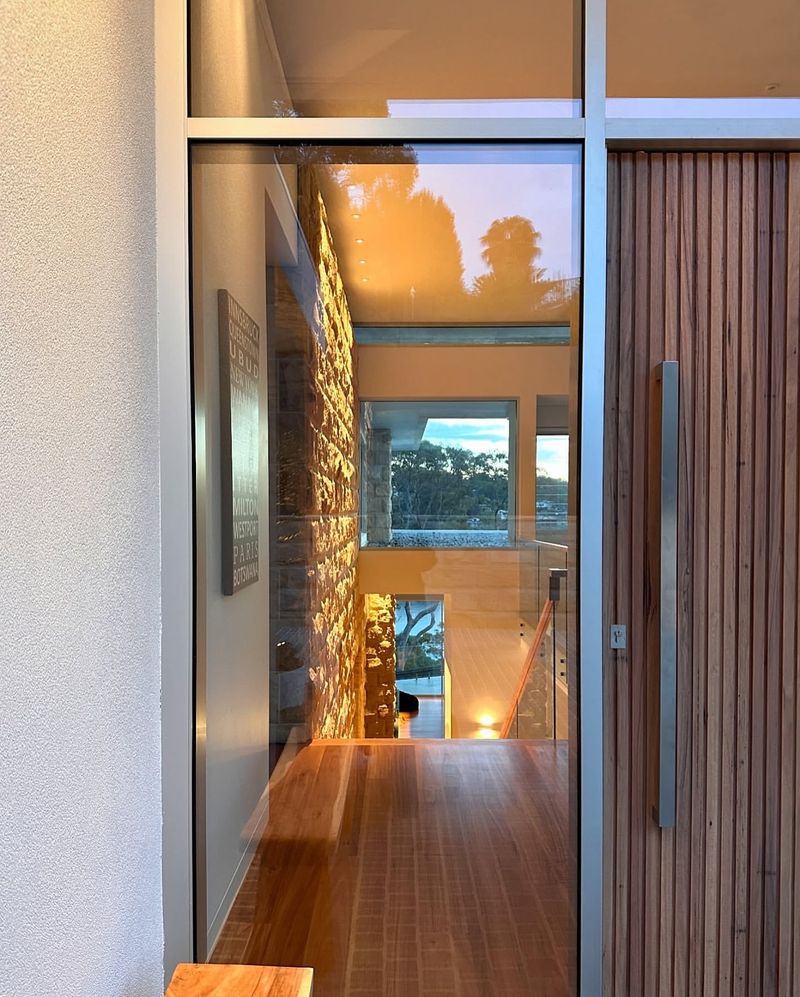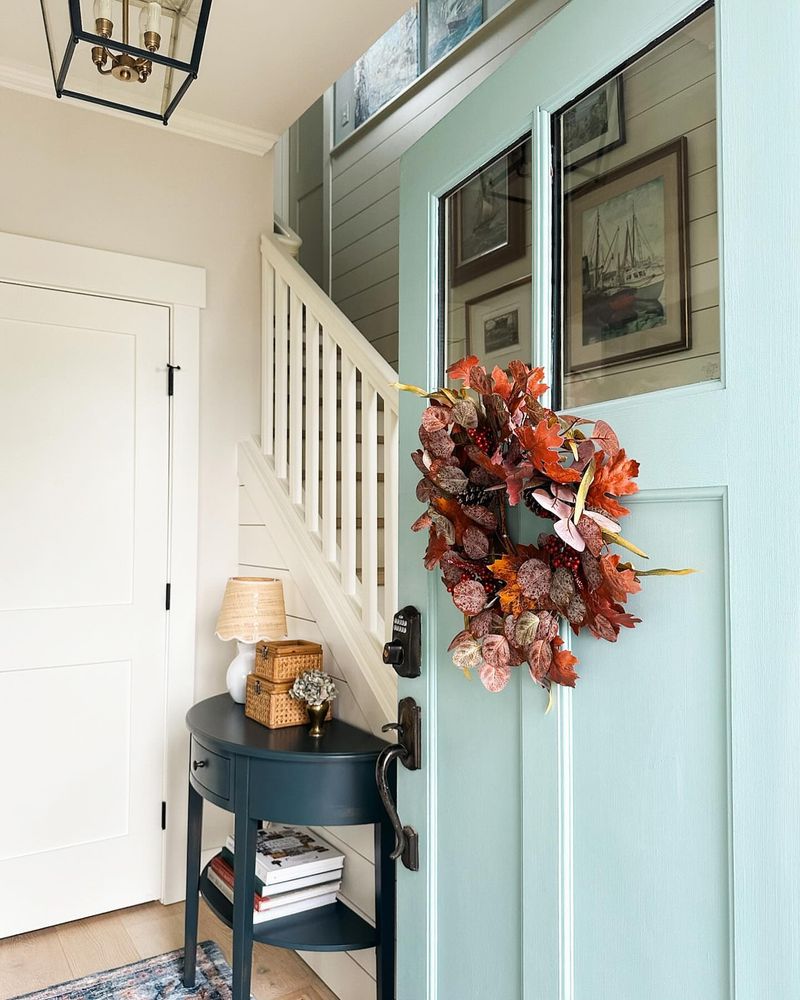Your front door sets the tone for your entire home—but some common design choices are doing more harm than good. According to professional designers, these 15 front entrance features are dragging down your curb appeal fast.
The good news? We’ve included 5 stylish, affordable upgrades that instantly boost your home’s first impression.
1. Faded, Peeling Paint
Nothing screams neglect louder than a front door with chipped, faded paint. The harsh elements take their toll over time, leaving once-vibrant colors looking dull and tired.
Most exterior door paint should be refreshed every 5-7 years, depending on your climate and sun exposure. Beyond aesthetics, a good paint job protects your door from moisture damage and warping.
Weekend warriors can tackle this project with minimal tools—just be sure to sand properly and use exterior-grade paint designed to withstand the elements.
2. Outdated Hardware
Rusty, tarnished, or simply outdated door hardware instantly ages your home’s appearance. Those shiny brass knobs popular in the 90s? They’re telling everyone exactly when your house was last updated.
Hardware serves both functional and decorative purposes. Door handles, knockers, mail slots, and house numbers all contribute to your entryway’s overall look.
Modern matte black, satin nickel, or oil-rubbed bronze finishes offer timeless appeal that works with virtually any door color or architectural style.
3. Mismatched Style
A craftsman door on a mid-century modern home creates visual confusion. Your front door should complement your home’s architectural style, not fight against it.
Colonial homes typically feature paneled doors with sidelights, while contemporary homes shine with sleek, minimalist designs. Ranch-style homes look best with doors that have simple lines and minimal ornamentation.
When shopping for a replacement, bring photos of your home’s exterior to ensure the new door enhances rather than clashes with your home’s natural character.
4. Poor Lighting Choices
Dim, flickering, or poorly positioned lights create an unwelcoming atmosphere and pose safety concerns. Entryway lighting serves multiple purposes beyond basic illumination.
Strategic lighting highlights architectural features, guides visitors safely to your door, and deters potential intruders. Many homeowners make the mistake of choosing fixtures that are too small or installing them at awkward heights.
For maximum impact, select fixtures that are proportional to your entryway—typically about 1/3 the height of your door for wall-mounted lights.
5. Cluttered Entryway
Shoes piled up, packages waiting, seasonal decorations from three holidays ago—a crowded entryway creates instant visual chaos. Your front porch shouldn’t double as storage space.
Even practical items like welcome mats and planters can become eyesores when they’re dirty, overcrowded, or poorly arranged. The entryway should offer a clear, unobstructed path that draws the eye toward your door.
Aim for no more than three decorative elements that complement each other in scale and style for a polished, intentional look.
6. Neglected Weather Stripping
Frayed, cracked weather stripping isn’t just an energy efficiency problem—it’s an eyesore that signals neglect. Those black rubber strips around your door frame serve crucial functions beyond keeping drafts out.
Well-maintained weather stripping creates clean, crisp lines around your door and prevents unsightly gaps. When it deteriorates, it creates jagged edges and uneven spacing that detract from even the most beautiful door.
Replacing this inexpensive component takes less than an hour but dramatically improves both appearance and functionality.
7. Inconsistent Color Scheme
That fire-engine red door might have seemed like a bold choice, but paired with pink siding and purple shutters, it’s creating visual whiplash. Your door color should exist in harmony with your home’s overall palette.
Colors that clash with your siding, trim, or roof make your home look disjointed rather than cohesive. The most successful door colors either complement or thoughtfully contrast with the existing exterior elements.
Navy blues, forest greens, and rich browns offer sophisticated alternatives to basic black while still providing enough contrast to make your entrance pop.
8. Dirty Glass Inserts
Smudged, streaked glass panels make even expensive doors look shabby. Those fingerprints, water spots, and pollen buildup are more noticeable than you might think from the street.
Glass inserts allow natural light into your foyer and showcase decorative designs, but their beauty is completely lost when they’re not maintained. Regular cleaning prevents buildup that becomes increasingly difficult to remove over time.
A simple solution of white vinegar and water applied with a microfiber cloth works wonders without leaving lint or streaks behind.
9. Overgrown Landscaping
Shrubs gone wild can swallow your front door, making your home look abandoned rather than loved. Those cute little bushes you planted years ago have matured into monsters that now block the pathway and obscure your entrance.
Strategic landscaping should frame your doorway, not hide it. Plants that have outgrown their space create shadows, trap moisture against your house, and can even damage your siding over time.
Properly scaled plants guide the eye toward your entrance while adding softness and color to complement your door’s design.
10. Worn-Out Welcome Mat
Faded, fraying welcome mats send the opposite message of what they’re intended for. That threadbare rectangle with barely visible lettering has been greeting guests for far too many seasons.
Beyond collecting dirt from shoes, your mat makes a style statement and sets the tone for your home. Mats that are too small for your entrance look awkward and fail to serve their practical purpose.
Choose a mat proportional to your doorway—typically at least 80% of the door’s width—and replace it once it shows visible wear or loses its ability to trap dirt effectively.
11. Squeaky, Sticky Hinges
That horror-movie creak when your door opens makes visitors wince and suggests poor maintenance. Properly functioning doors operate silently and smoothly, requiring minimal effort to open and close.
Rusty, squeaky hinges aren’t just annoying—they can cause your door to hang improperly, creating gaps and alignment issues that affect both appearance and security. Regular maintenance prevents metal components from deteriorating due to moisture exposure.
A simple application of silicone spray or household oil twice yearly keeps mechanisms working flawlessly and prevents that embarrassing screech.
12. Incorrect Door Size
An undersized door makes your home look like it belongs in a dollhouse. Proportion matters tremendously in architecture, and a door that’s too small or too large for your facade creates visual disharmony.
Standard exterior doors measure 36 inches wide by 80 inches tall, but grand homes often require larger doors to maintain proper scale. Replacing a door with the wrong dimensions can throw off your home’s entire appearance.
When upgrading, consider not just the door itself but how its size relates to surrounding elements like windows, columns, and the overall height of your home.
13. Missing House Numbers
Absent or barely visible address numbers frustrate delivery drivers and emergency responders alike. Those tiny, faded digits attached haphazardly to your siding aren’t doing your curb appeal any favors either.
House numbers should be clearly visible from the street both day and night. Many homeowners overlook this functional element that can actually become a stylish accent when chosen thoughtfully.
Modern floating numbers, illuminated digits, or custom plaques coordinate with your door hardware while adding personality and ensuring visitors can find you without circling the block repeatedly.
14. Cobwebs and Debris
Spiderwebs festooning your door frame create an instant haunted house vibe—charming for Halloween, alarming the rest of the year. Those wispy strands collect dust and debris, creating gray, fuzzy masses in corners and crevices.
Insects naturally gravitate toward entry points, especially when porch lights attract them at night. The resulting collection of dead bugs, leaves, and dirt accumulates surprisingly quickly in sheltered doorway areas.
A quick weekly sweep with a soft brush prevents buildup and keeps your entrance looking fresh rather than forgotten.
15. Visible Water Damage
Water stains and warping signal serious problems behind your door’s surface. Those dark discolorations at the bottom edges indicate moisture has penetrated the protective finish and is compromising the door’s structural integrity.
Wooden doors are particularly vulnerable to water damage when their protective coatings fail. Once water seeps in, it causes swelling, splitting, and creates an environment where mold can thrive.
Properly installed awnings, storm doors, or extended roof overhangs provide additional protection from direct rainfall and prevent premature aging of your entryway.
16. Designer Fix: Statement Hardware
Upgrading to statement hardware transforms your door instantly without major renovation. Oversized handles, artistic knockers, or uniquely shaped lock sets become jewelry for your entrance.
Hardware finishes should coordinate with other exterior metal elements like light fixtures, mailboxes, and window frames. When selecting statement pieces, consider both the door’s style and your home’s overall architectural character.
For maximum impact, choose hardware that’s proportionally bold—generally 1/3 to 1/4 the width of your door—and position it at comfortable operating height, typically 36 inches from the floor.
17. Designer Fix: Coordinated Color Palette
Professional designers rarely choose door colors in isolation. They consider the entire exterior palette—from roof to foundation—creating harmony through thoughtful color relationships.
For fool-proof combinations, select door colors that appear elsewhere in your home’s exterior features. Pulling a shade from stonework, trim details, or even landscape elements creates instant cohesion and sophisticated curb appeal.
Test colors with large sample boards viewed at different times of day before committing. Morning light versus afternoon sun dramatically changes how colors appear against your home’s exterior materials.
18. Designer Fix: Symmetrical Arrangements
Matching planters flanking your entrance create instant polish and architectural significance. Professional designers rely on symmetry to establish balance and draw attention to the front door as your home’s focal point.
Identical elements placed at equal distances from your door frame the entrance and guide visitors naturally toward your threshold. This arrangement works with any architectural style from colonial to contemporary.
For maximum impact, choose containers that reach approximately 1/3 the height of your door and fill them with plants that maintain their shape and appearance throughout the seasons.
19. Designer Fix: Layered Lighting
Professional designers never rely on a single light source for entryways. They create depth through multiple fixtures that serve different purposes and activate the space after dark.
Overhead lighting provides general illumination, wall sconces add warmth at eye level, and path lights guide visitors safely to your threshold. This layered approach highlights architectural features while eliminating harsh shadows.
Selecting fixtures from the same design family ensures cohesion, while varying their scale creates visual interest. Smart lighting systems allow programming for different intensities from dusk to dawn.
20. Designer Fix: Seasonal Refresh Program
Professional designers maintain curb appeal through planned seasonal rotations. Instead of letting decorations become stale or inappropriate, they create intentional changeovers that keep entrances looking fresh year-round.
Spring might feature pastel wreaths and flowering plants, while summer brings vibrant colors and lush greenery. Fall introduces warm tones and textural elements, with winter showcasing elegant evergreen arrangements.
Creating a calendar for these transitions ensures decorative elements remain current and appropriate. The most successful seasonal displays incorporate subtle changes rather than complete thematic overhauls.


